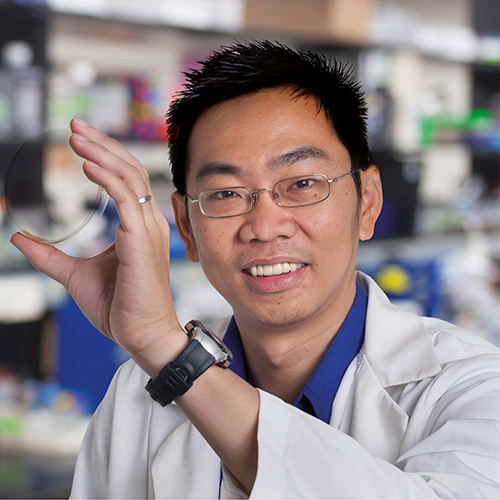
Cheemeng Tan publishes work on cyborg cells and receives NIH award
22.05.2023 13:52
The US National Institute of Biomedical Imaging and Bioengineering (NIBIB), a part of the National Institutes of Health (NIH), has awarded a project by Branco Weiss Alumnus Cheemeng Tan with a 2.3 million US-Dollar research grant. The collaborative project of Dr. Tan and two other professors of the Department of Biomedical Engineering at UC Davis aims to demystify the functional components of extracellular vesicles (EVs) and their potential medical applications. EVs are nanoparticles released by every known cell that relay important messages across the human body. How they exactly function is not yet well understood. “The NIBIB award will allow us to establish a new synthetic biology platform that will hopefully benefit the broad EV community in two ways,” says Tan. “First, the platform could be used to reveal critical functional features of natural EVs — most of which are currently very hard to define. Second, the platform could be adapted to study EVs across many sources or biomedical applications.”
In January, Dr. Tan had published a paper in Advanced Science, showing how to create semi-living “cyborg cells”, retaining the capabilities of living cells, but unable to replicate. The researchers had infused living bacterial cells with the basic units of an artificial polymer. Once inside the cell, polymer was cross-linked into a hydrogel matrix by exposure to ultraviolet light. The cells could maintain their biological activity but could not reproduce. They were more resistant to stressors that would kill normal cells, such as exposure to hydrogen peroxide, antibiotics or high pH, the researchers found. The cyborg cells could have a wide range of applications, from producing therapeutic drugs to cleaning up pollution. Dr. Tan’s team was able to engineer the cells so that they could invade cancer cells grown in the lab.
Read about the award on the UC Davis website
Read about the cyborg cells on the UC Davis website
Read the paper on Advanced Science
